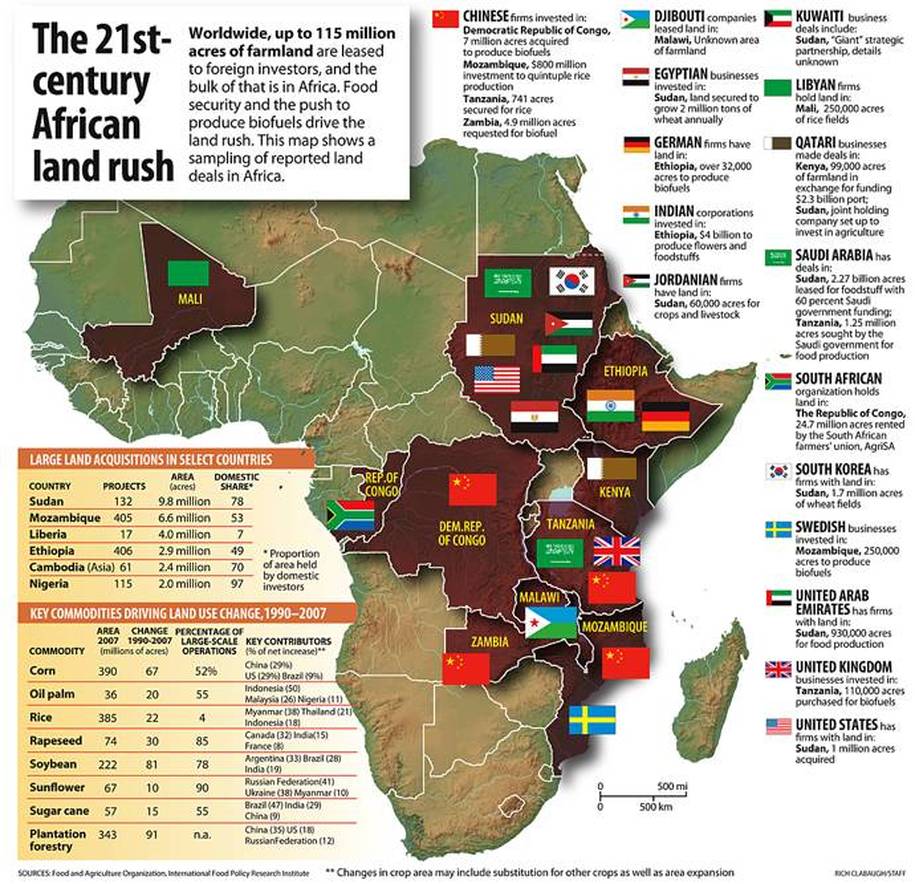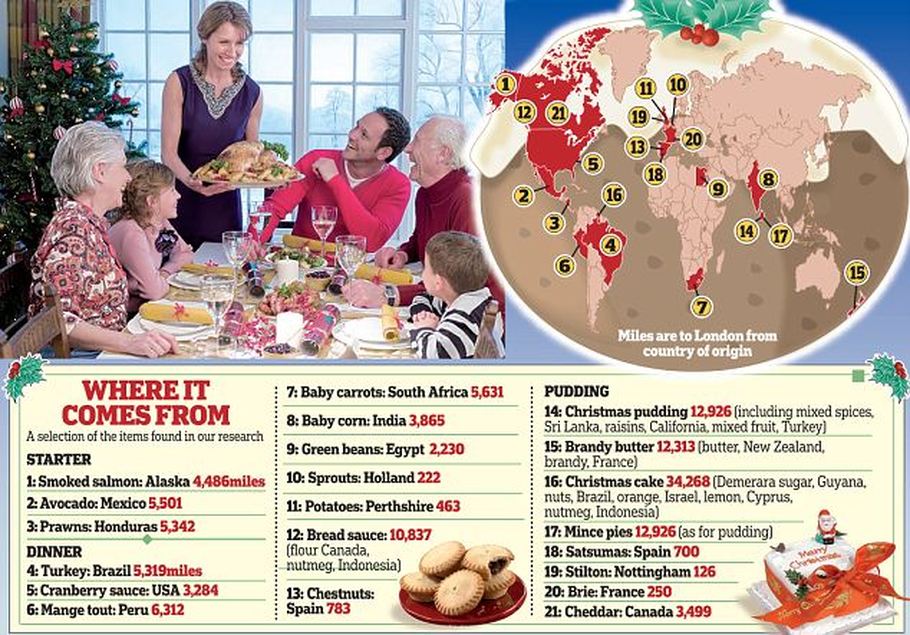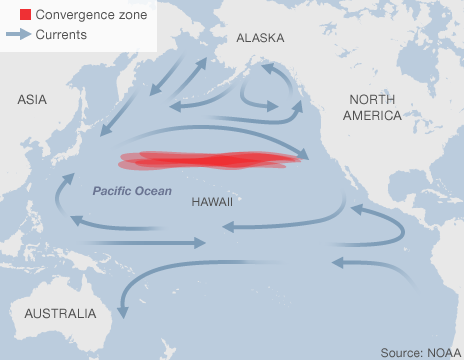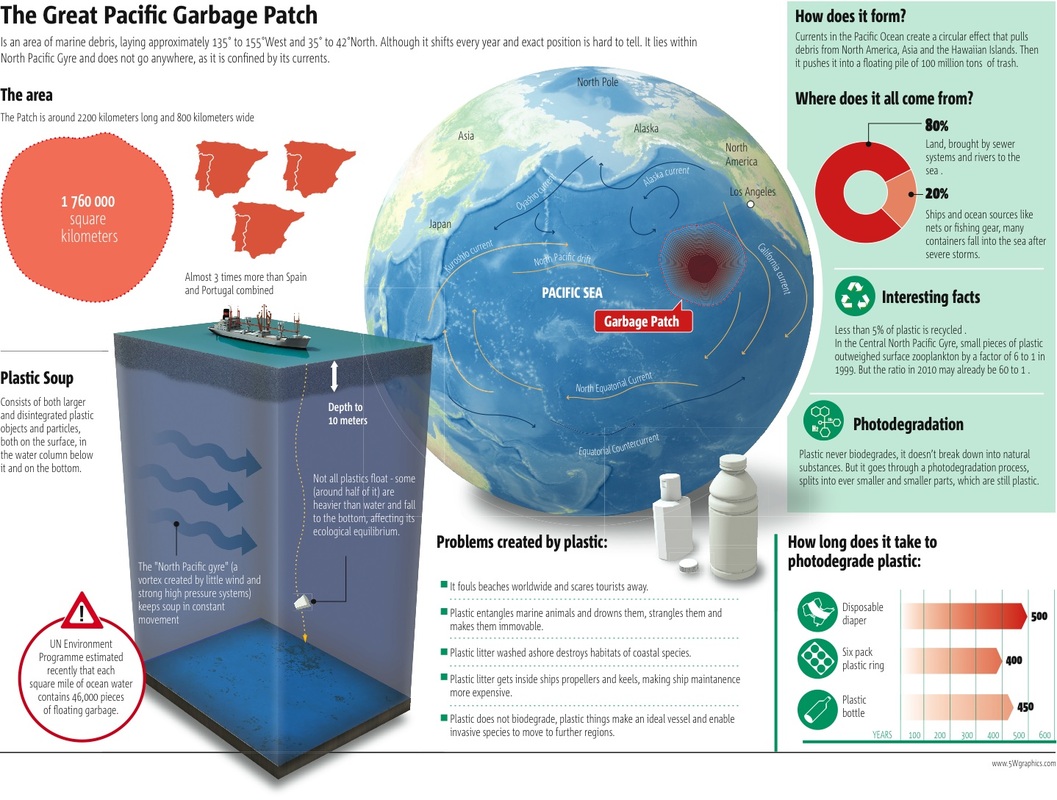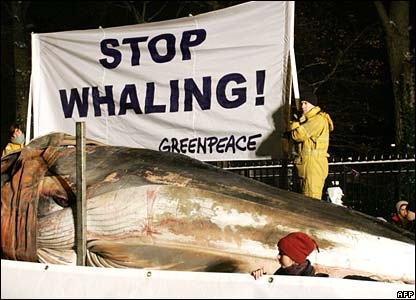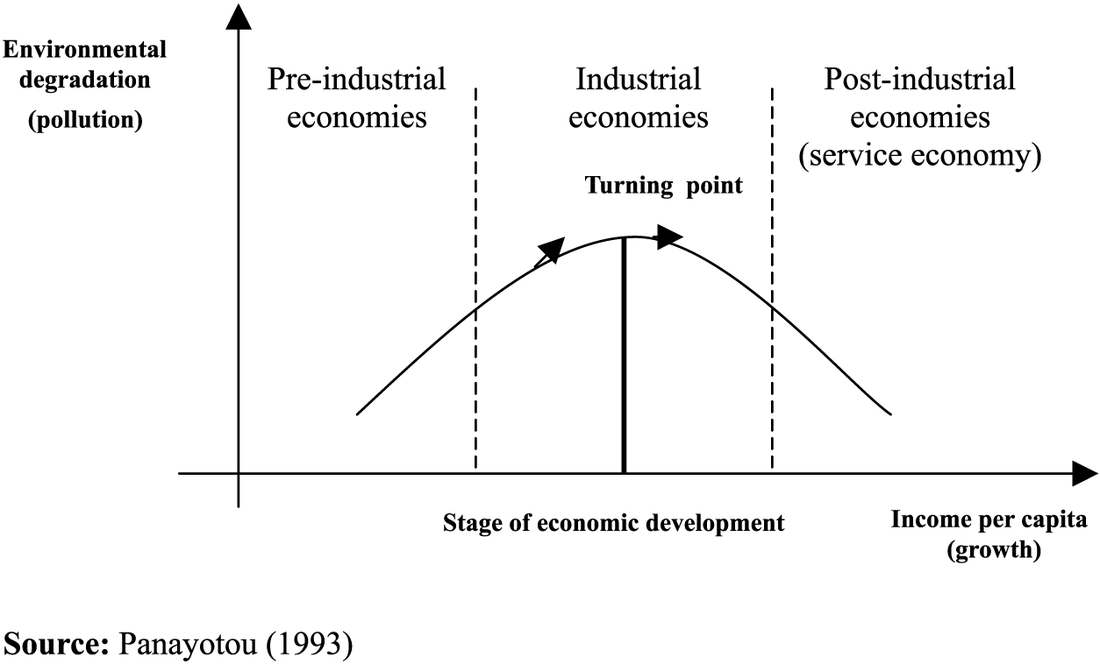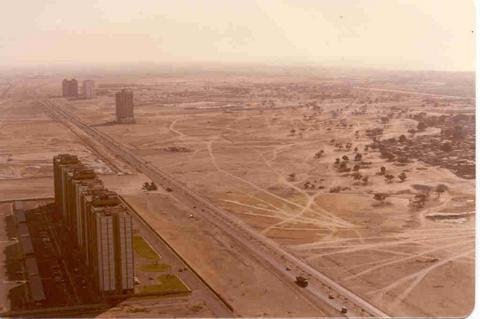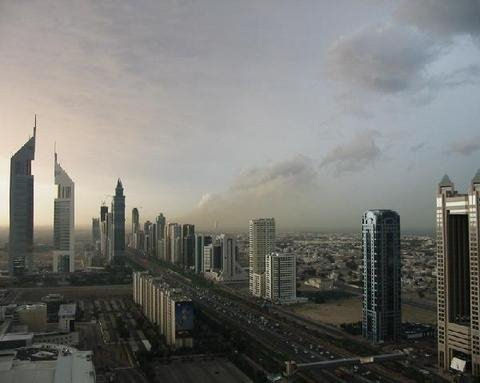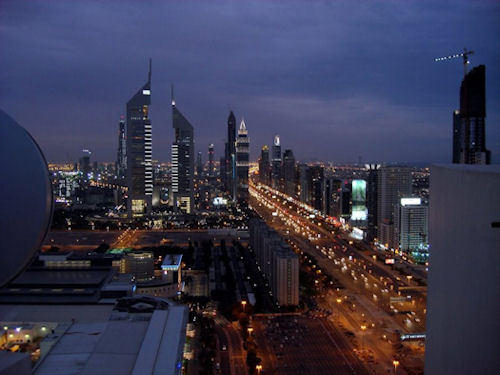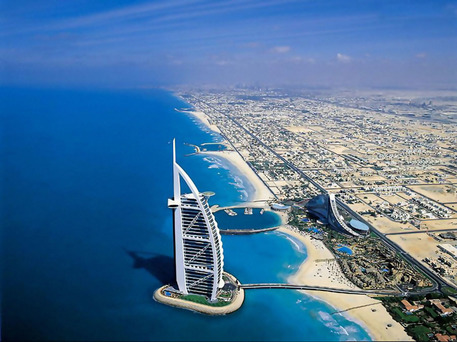Starter - Mass Consumerism
|
|
Agro-
Objective: To identify the effects of agro-industrialization and changes in international production and consumption on the physical environment.
Task 1 - Using a reputable source, find the definition of agro-industrialization and write it into your revision and case studies booklet Supermarket Secrets & Agro-Industrialization From the BBC: DURATION: 1 HOUR Our supermarket shelves groan with fresh food from around the world. Farmer Jimmy Doherty explores the global logistics that bring these crops to a shop near you. He meets the people who grow our food and make this global conveyor belt work. He uncovers the science and technology that keeps food fresh for weeks or months without decay. Jimmy asks why grow Scottish potatoes in the Egyptian desert? How can charcoal stop green beans from dehydration in Kenya? How does pineapple sliced and diced in Ghana stay fresh on the long journey from field to plate? Does it make any kind of sense to transport fresh fruit and vegetables for thousands of miles by air and by sea, just so we can eat our favourite foods all year long? Task 2 - In groups of five, watch the one hour documentary (click here for alternative) and a factsheet to share with your classmates under the main headings:
TOK Task - Agro-Industrialization Read* the following Guardian article on the cut flower industry in Kenya. In your book / on Word, create a table with two columns. Copy the headline of the article into the left hand column and then add in the negative environmental impacts that are illustrated. Always two sides to a story ..... Then*, read this article by the same newspaper four months later. In your table, copy the headline onto the right hand column and note down the key points of the alternative arguments. (note Food Miles - it comes up below!) *Record your case studies on this framework sheet What are the links to other IB Geography units? Look for cross-over especially in Core Patterns (Reducing Disparities) and Freshwater (agro-industrial run-off) Further reading and activities on environmental impacts, carbon footprints and vertical integration: Turn to page 92 of the Global Interactions textbook and read through the seven pages to page 99. Task: Complete Activities 1-8 fully on page 99. Don't forget to update your case study booklets with the key revision points. Exam Practice - Examine the impact of unseasonal crop farming on the physical environment (10) |
|
Africa for Sale? - Changing global food supplies
Point of Interest - China's growing interest in Africa. Read this news article from May 2012.
Food MilesObjective: To examine the concept of food miles and the environmental consequences of increasing volumes of air freight.
Food miles refer to the distance that food travels from where it is produced to where it is consumed. The term was introduced in London in the 1990's by a professor at London City University when discussing sustainable agriculture. It is a way of indicating the environmental impact of food we consume. The global food industry has a massive impact on transport, particularly by road and air. The food system has now become almost totally reliant on crude oil. This means that food supplies are vulnerable and can be inefficient and unsustainable. Task 1 - Turn to page 102 in the Global Interactions textbook and study the information carefully on Food Miles. Complete activities 1-7 on page 105. For question 4, you will need to make a copy of the economies of scale diagram. Task 2 - The montage below uses a traditional British Christmas dinner as a focal point to highlight food miles. Add up the total distances to get a total in miles and then X 1.666 to get the distance in KM! What are your thoughts on this? Perhaps you could use this site for one day to calculate the food miles of the food that you consume...?! |
A short introduction to food miles |
Exam Time
To what extent has the world become reliant on unseasonal food consumption? (10)
.... or choose a question from page 106 of the Global Interactions text book
To what extent has the world become reliant on unseasonal food consumption? (10)
.... or choose a question from page 106 of the Global Interactions text book
The Effects of Transnational
Manufacturing & Services
The Electronic Afterlife from Gizmogul on Vimeo.
Polluting Industry E-Waste
Objective: To be able to discuss the reasons for and consequences of the relocation of polluting industries and waste disposal to countries with weaker environmental controls and safety regulations.
Task 1 - Using the resources available, you are going to put together a comprehensive essay plan (phew! no essay!) that answers the following IB standard question: Polluting industries are relocated, away from developed nations, for purely financial reasons." Discuss this statement 15 marks Using an A3 version of the essay planning tool underneath together with the information from geographyalltheway.com, plan out your response to this 15 mark question carefully including as much case study data as possible. December 2013 - Guardian Newspaper Article Additional 2012 BBC News article here Diigo - IB Geography bookmarks for this section of the IB Global Interactions unit. Journeyman Pictures - 10 minute news report focussing on the human impact in China |
|
transboundary pollution event
"a big toilet that never flushes"
The Global garbage Gyre's
Objective: To describe a little heard of, though significant major pollution event, affecting more than one country and analyse the consequences of and responses to this event.
Useful resources to get your started. a. Watch the NBC news report to below, right b. Get a quick overview here and watch the Planet 100 YouTube video below. d. Play with the "Eastern Garbage Patch" interactive graphic on the Greenpeace site here. Click on 'Journey of the Trash' to see where it originates from. Task 1 - Introduction. Click here to access a great interactive tool that allows you to see the spatial distribution of the current global garbage patches. i. Define the term 'Garbage Patch / Gyre' ii. How many gyres are there and name the top three in terms of size? iii. Create an annotated map (screen shot with references) to show the locations of these Gyres and the currents that form them. Click on 'Source View' in the top right hand corner. iv. Which location contributes the largest amount of plastic ocean pollution? Where does most of this waste end up? v. Where does the plastic waste from your home country (continent) end up? Task 2 - Causes & time scale of the 'Event' i. Find out what the human and physical causes of this garbage accumulation are and find out why this garbage seems to stay in situ. You will need to copy and refer to the diagram to the right hand side/Greenpeace interactive resource. ii. This event has happened over a long time period of time. Research how long plastics have been used for and link this in to population and industrial pressures on coastal areas in recent decades. Write a summary of what you find. Task 3 - Consequences & Location i. What are the consequences to the environment and aquatic life in the oceans? Refer back to the Greenpeace article in the 'Background' section at the top of this page. ii. Read this article from the Daily Mail (I know, sorry!) and summarise the effects of the trans-boundary pollution of litter on the island on the coastline of Australia. Task 4 - Responses i. You will have found out that no one nation will take full responsibility for this international pollution event. There are measures underway to tackle the problem. Click here to read about the progress being made. ii. Summarise the main points from the article as well as any other information you have uncovered during your research. IB Exam Question (Paper 3) - Critically analyse the attempts to control the effects and spread of a major international pollution event that you have studied. (10)* *Use the essay planning tool in the lesson above to help you. Further research at bedtime: Listen to this excellent BBC Radio 4 programme on the impacts and spread of these ocean Gyres around the world. Further research and revision Watch the TED Talks 7:21 video and the Al Jazeera Riz Khan programme on the right hand side. |
Visit NBCNews.com for breaking news, world news, and news about the economy |
Civil Society - Greenpeace & F.O.T.E
TasksObjective: To examine the role of one international civil society organisation in fostering improved environmental management
Task 1 - Download and complete the activities on this worksheet - Reasons for increased environmental awareness. Task 2 - Study the Kuznet Curve to the right hand side. i. Make a copy of the model and write an explanation of no more than 100 words to accompany it. You might want to use the Wikipedia entry and information from Task 1 above. II. Annotate on the position of China, India, France, Brazil & Australia. Task 3 - Download this fact sheet that details two famous organisations, Greenpeace & Friends of the Earth. Using either organisation, collect information to enable you to complete the following IB Paper 3 essay: Explain how global interactions can foster environmental awareness. (10 marks) Additional Information required? This sub-unit of work is completed using the GATW site but also has links with Anti-Globalization movements and responses to loss of biodiversity in the core section. |
Remember ...? (if not, make a copy) |
Homogenization of Landscapes
Starter: Take a look at each of the Google Street Views above. You have 30 seconds to try to deduce where each location is? Use this worksheet. Why might this be difficult for you? Are there any clues?
Dubai Timelapse from dimid on Vimeo.
|
Objective: To be able to explain the evolution of uniform urban landscapes; the effects of common commercial activity, structures, styles of construction and infrastructure. Homogenisation: The process of people, products and places becoming the same. Starter: Take a good look at the three images on the right hand side. Each one is taken from approximately the same spot in 1990, 2003 & 2007. i. Where do you think this place is? i. What evidence did you consider? Click here to see the changes animated. Your Task - Create an annotated document/display showing the the following: the evolution of uniform urban landscapes the effects of common commercial activity structures & styles of construction and infrastructure. Use the three images to the right as your stating point and then this excellent (images, not publication!) piece from the Daily Mail to choose more examples of how the landscape has been homogenized and the culture diluted. More than just oil wealth? - Click here to research the reasons behind the change that has taken place over the last 30 years in Dubai. Include a summary of these reasons for growth on your display. Culture & Activities - Download and read through the document on the right hand side that gives you information on Dubai in 2013. Outline the main ways that common commercial activity & infrastructure is prevalent in Dubai.
Money Talks! - Research the Burj-al-Arab hotel in Dubai and import information into your display on its structure and style of construction, prices, location etc. You should watch the first three minutes of the video to the right to get a 'feel' for the place. Take a tour - Google Street View. Find your way to one of the main commercial areas in down town Dubai. Travel up and down a street of your choice and look very carefully (up and down) and what is going on around you. Stop somewhere that sums up 'homogenization'. Annotate you screenshot with as many details as possible relating to to the objective of this lesson: Reminder: To be able to explain the evolution of uniform urban landscapes; the effects of common commercial activity, structures, styles of construction and infrastructure. •To what extent are urban landscapes uniform? (10) •Explain the evolution of uniform urban landscapes (10) |
| ||||||

